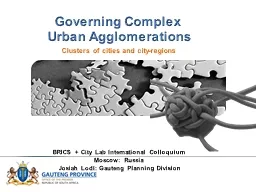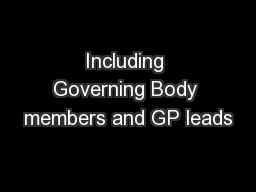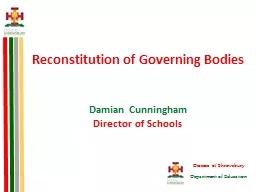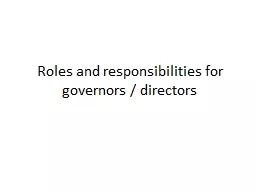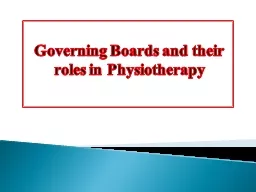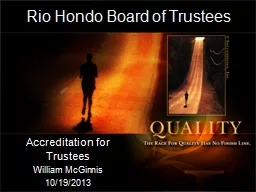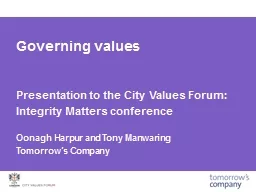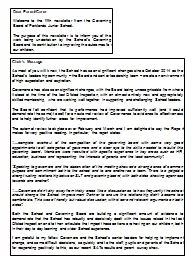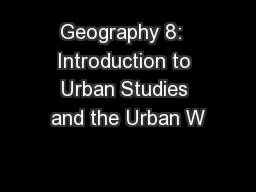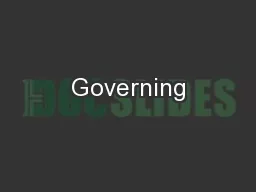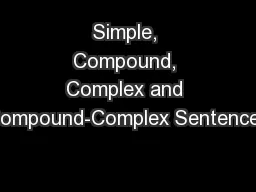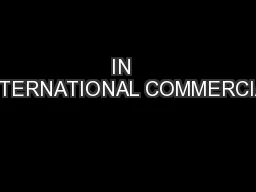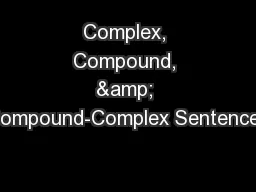PPT-Governing Complex Urban
Author : luanne-stotts | Published Date : 2017-08-30
Agglomerations Clusters of cities and cityregions BRICS City Lab International Colloquium Moscow Russia Josiah Lodi Gauteng Planning Division Outline Introduction
Presentation Embed Code
Download Presentation
Download Presentation The PPT/PDF document "Governing Complex Urban" is the property of its rightful owner. Permission is granted to download and print the materials on this website for personal, non-commercial use only, and to display it on your personal computer provided you do not modify the materials and that you retain all copyright notices contained in the materials. By downloading content from our website, you accept the terms of this agreement.
Governing Complex Urban: Transcript
Download Rules Of Document
"Governing Complex Urban"The content belongs to its owner. You may download and print it for personal use, without modification, and keep all copyright notices. By downloading, you agree to these terms.
Related Documents

